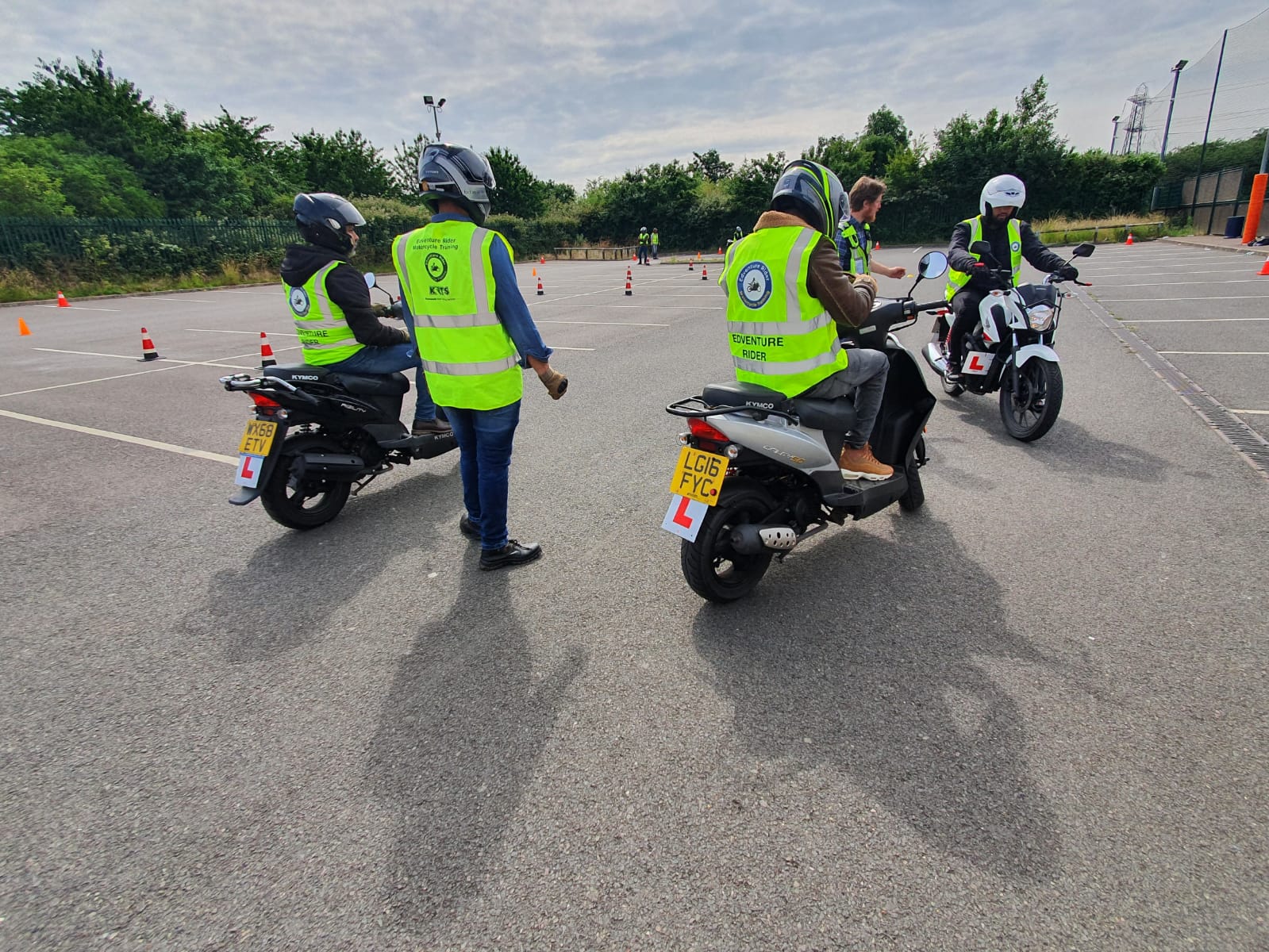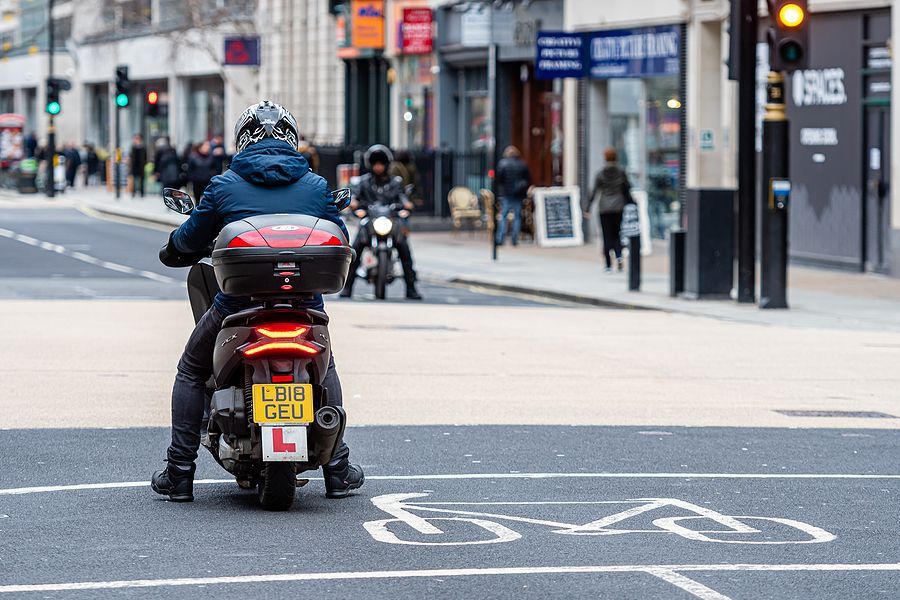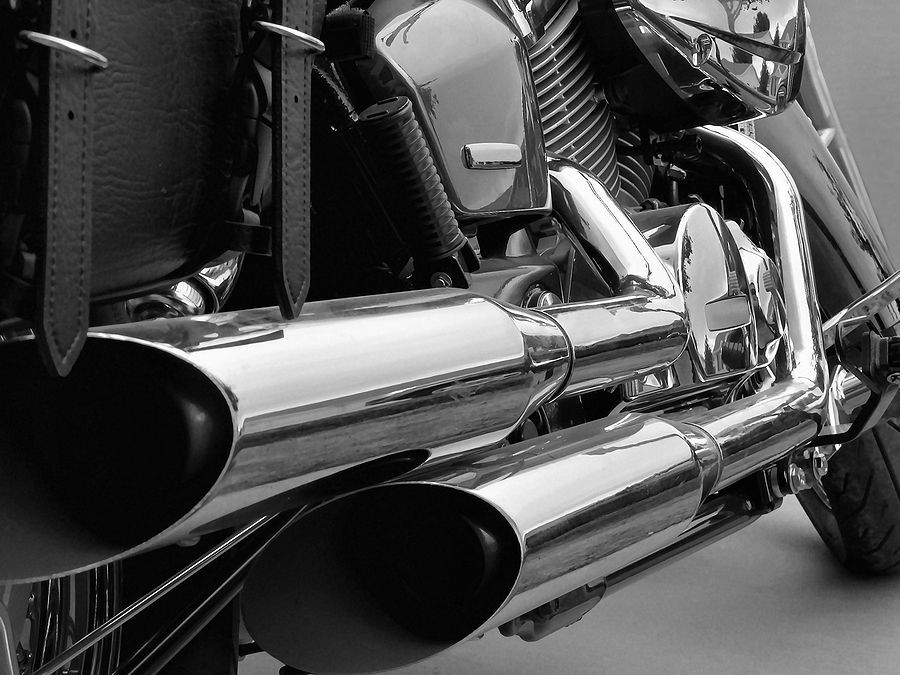Advantages Of Bluetooth Motorcycle Helmets
Motorcycle equipment has advanced considerably over the years, from jackets with back and chest protection to smart alarms and trackers for added security.
Helmets have also been enhanced, with the latest models not only protecting the rider from head injuries if they should fall off their bike or be involved in a crash, but also offering a host of technological features.
Bluetooth-enabled helmets, for instance, provide lots of benefits for riders, starting with being able to take calls while on the bike.
Although it is important to not be distracted by the call itself, being able to answer the phone while riding can be very useful, particularly on long journeys.
Of course, it means riders do not have to physically pick up their phone, which would put them and other road users in danger, and they can stay connected with others if their transport plans change or something unexpected happens.
Bluetooth also means they can listen to music while on the bike, which, for many people, is important.
The majority of car drivers listen to the radio, their favourite album or a podcast while on the road, as it can reduce stress levels, improve focus, and help them concentrate on driving - and the same is true for motorcycle riders.
However, it is essential to pick song choices carefully, as a study from Coventry University found that fast, loud and rhythmic songs can make them drive faster and unsafer.
Assistant professor in Transport Design and Human Factors at the university William Payre said: “Participants exhibited more risky behaviours, such as driving faster while overtaking a bin lorry, in response to fast-tempo music.”
Therefore, he recommended listening to songs with a tempo range of between 100 and 130 beats per minute when in urban settings.
Another benefit of using bluetooth helmets after completing
motorcycle training is being able to listen to the satnav when travelling on a new route. This helps riders keep their eyes on the road instead of checking maps.














